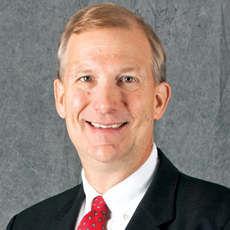
If you’re fed up with the state of American politics — for whatever reason — you are far from alone. But all proper-thinking people can be proud of their elected Senators for at least one reason.
That’s because in mid-September the upper chamber unanimously approved a resolution near and dear to providers’ (and many others’) hearts. September 22 was officially designated “National Falls Prevention Awareness Day.”
Yes, it was, not coincidentally, also the first day of fall (autumn).
As a pun and wordplay enthusiast, I “get” the connection (which also has been noted and celebrated in previous years, it must be noted). But the long-term care stakeholder in me overrides the word nerd to almost find this concept in poor taste.
The first day of fall becomes THE day to focus on falls prevention? Pulleeeze.
Try that one out on any of your residents’ family members. Imagine the following telephone conversation: “Hi there! Glad your loved one has moved in with us. Next week, we’re going to really start keeping an eye out for potential falls hazards.”
The fact is, of course, that you need to be a paranoid fall-hawk virtually every moment. You need to stare down any potential falls hazards, make sure residents are properly nourished and hydrated, and stunt any aberrations that could lead to a fall-prone situation.
You are employed because falls prevention awareness is part of your job description. 24/7/365.
Still, we should not dismiss a well-intended measure authored by Sen. Susan Collins (R-ME), the chairwoman of the Senate Aging Committee, and cosponsored by Sen. Bob Casey (D-PA), the committee’s ranking member.
In 2016, about three million older adults were treated in emergency rooms after falling, according to federal figures. Earlier this year, my mother joined those ranks, again. Luckily, she didn’t break a bone or even become concussed. But it did lead to a three-week stint in a very fine rehab facility. Tough rehab, huge bills.
As the Aging Committee notes, and I can heartily agree, the physical and emotional impact of falls is staggering. The annual cost to the healthcare system for older adults’ falls is $50 billion.
It bears repeating: Falling is NOT a normal part of aging. And, as we all know, just one day shouldn’t be considered THE day, symbolic or not, to be aware of falls-prevention efforts.
From the November 2018 Issue of McKnight's Long-Term Care News




